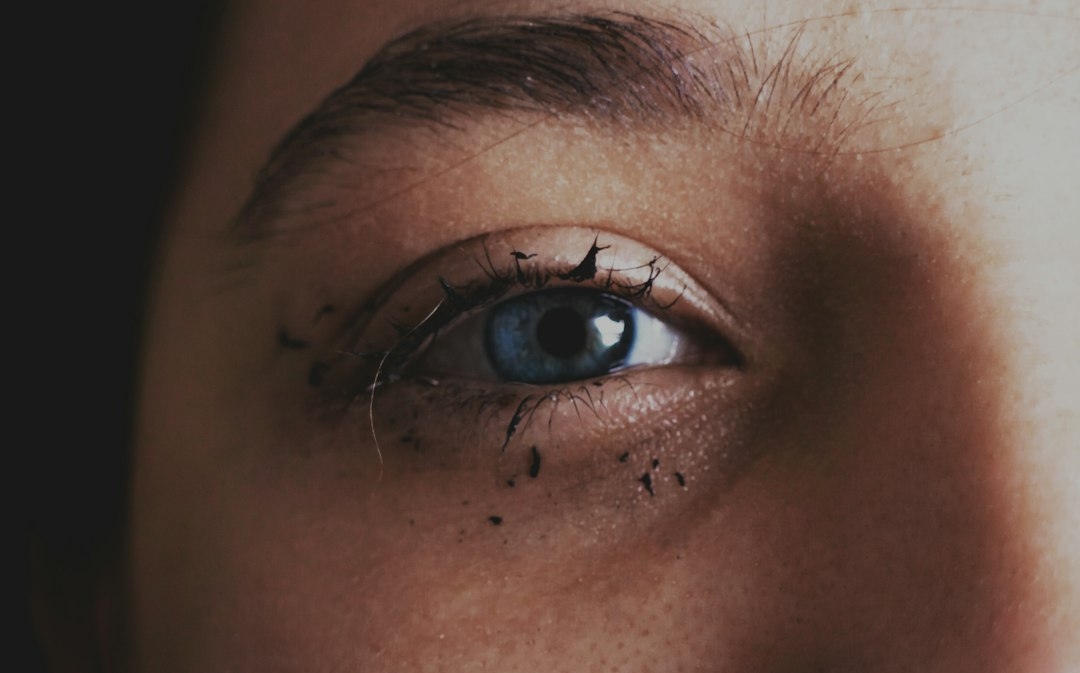Does massaging after tattoo removal help?
Tattoo removal is a process that involves the use of various techniques to eliminate the appearance of unwanted tattoos. While laser tattoo removal is the most common method, other methods like dermabrasion, surgical excision, and chemical peels are also used.
The process of tattoo removal
During the tattoo removal process, lasers break down the tattoo ink into smaller particles, which are then eliminated by the body’s immune system. This process usually requires multiple sessions to achieve the desired results.
However, after each session, the skin may be left with some inflammation, redness, or discomfort. This is where massage therapy comes into play.
Benefits of massaging after tattoo removal
1. Improved blood circulation: Massaging the treated area helps to stimulate blood flow, which can aid in the healing process. Increased blood circulation brings oxygen and nutrients to the area, promoting faster recovery.
2. Reduction of inflammation: Massaging the skin helps to reduce inflammation, which is a common side effect of tattoo removal. Gentle, circular motions can help to improve lymphatic drainage and decrease swelling.
3. Scar prevention: Proper massaging techniques after tattoo removal can prevent the formation of scars or minimize their appearance. Massage helps to break down scar tissue and promotes the growth of healthy skin cells.
When to start massaging?
It is important to consult with your tattoo removal specialist before starting any massage therapy. They will determine when it is safe to begin massaging the treated area based on your specific healing process.
Typically, the massage therapy can start a few days after each tattoo removal session, once the skin has had a chance to heal. The therapist will use gentle pressure and techniques tailored to your individual needs.

Precautions to take
1. Avoid excessive pressure: It is crucial not to apply too much pressure or rub too vigorously as it can damage the healing skin and hinder the recovery process.
2. Use moisturizer: Before massaging the treated area, apply a mild, fragrance-free moisturizer to prevent friction and help the hands glide smoothly over the skin.
3. Follow professional advice: Always follow the guidance of your tattoo removal specialist or a licensed massage therapist. They can provide you with specific instructions and recommendations based on your unique situation.
While massaging after tattoo removal may offer some benefits such as improved blood circulation, reduced inflammation, and scar prevention, it is important to proceed with caution and consult a professional. They will guide you on the appropriate timing, techniques, and precautions to ensure a safe and effective recovery process.
